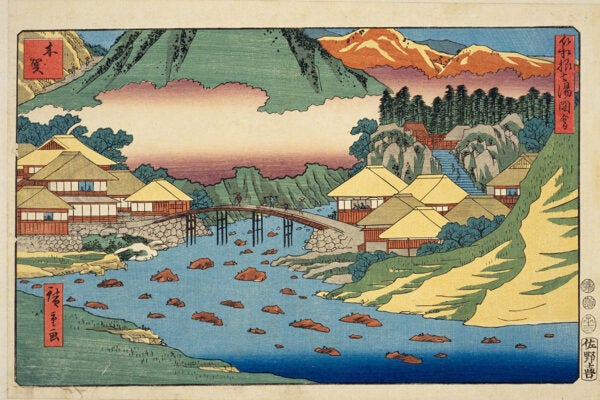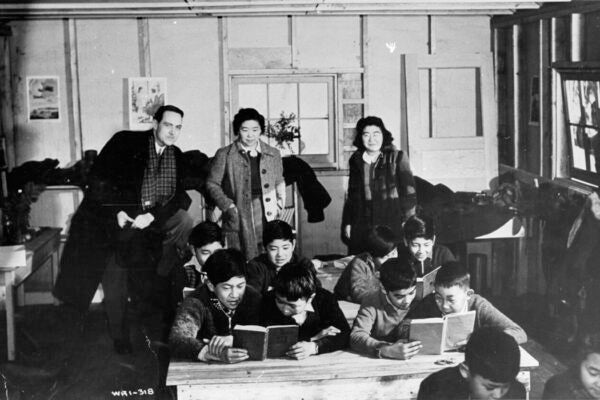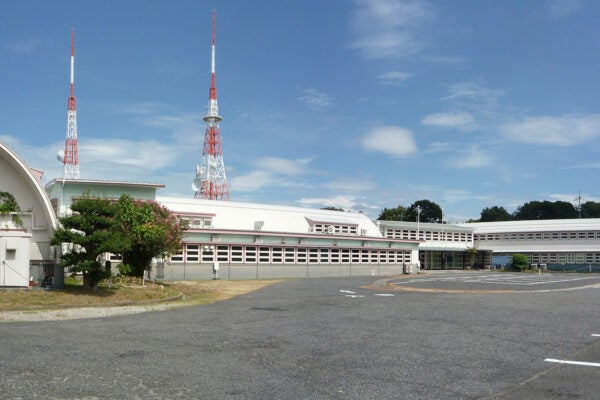Dear Deirdre: The Japanese American Agony Aunt
Using the nom de plume Deirdre, California-born writer Mary “Mollie” Oyama Mittwer offered advice on changing gender roles and cross-ethnic relationships.
Reinventing Vacation in Japan
In the late nineteenth century, Japan adopted Western-style vacation, but not everyone was on board with the new leisure practices.
Disinheritance: The Internment of Japanese Canadians
Glenn McPherson, the bureaucrat largely responsible for selling off the property of interned Japanese Canadians during World War II, was also a secret agent.
How a Rice Economy Toppled the Shogun
The co-existence of economies—one based on rice, the other on money—pushed the Tokugawa government toward financial misery and failure.
Geishas for Enlightened Motherhood
In the Meiji period, geisha embraced the nation’s modernizing project, helping to improve education for women and promoting a western-style domestic ideal.
Biobanking the Victims of Nuclear War
Nearly 2 million biological samples from people affected by radiation from World War II nuclear bombings are stored in facilities in Hiroshima and Nagasaki.
Arakawa and Gins: An Eternal Architecture
With the Reversible Destiny Foundation, architect-philosophers Arakawa and Gins created disquieting designs meant to defeat mortality.
A Bodhisattva for Japanese Women
Originally known in China as Dizāng, the “savior of the damned,” Jizō has evolved into a protector of children and comforter of women in Japan.
Under Hokusai’s Great Wave
Hokusai’s watery woodblock print is such a common sight that most people tend to look past the peril at its center.
The Ban on Japanese Aircraft Pilots, 1945–1952
The defeated Japanese weren’t allowed to pilot, own, build, or even research airplanes during the post-World War II occupation by the United States.









